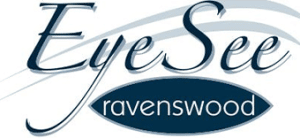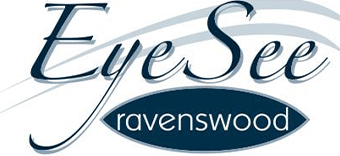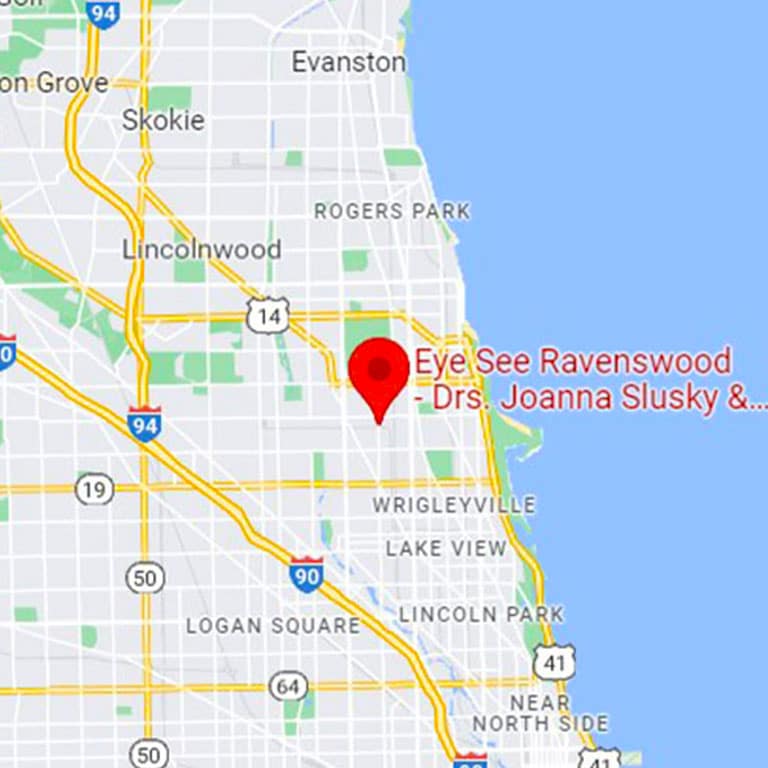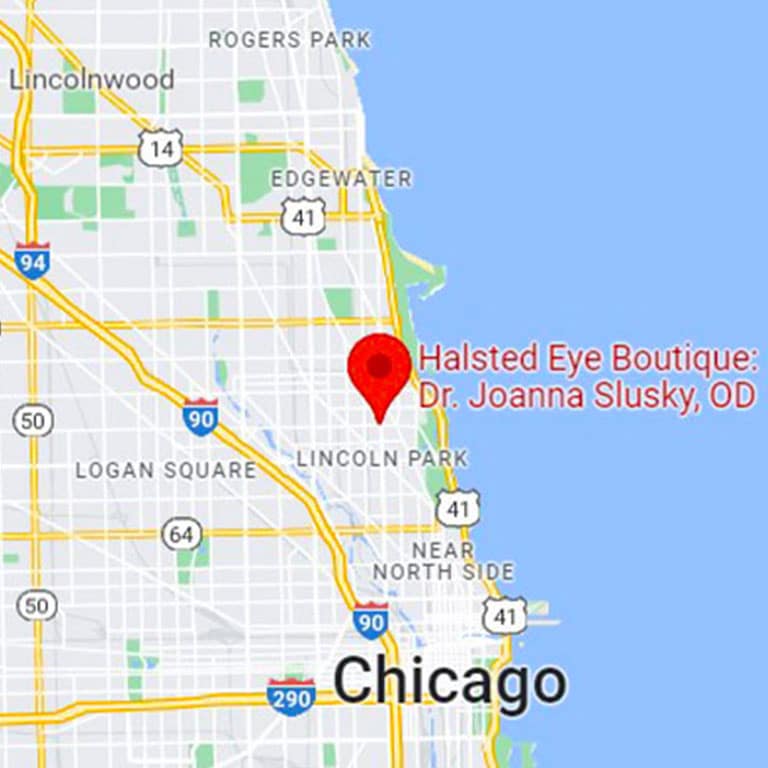How LASIK Works to Correct Your Vision Problems
LASIK: The basics
LASIK stands for laser in situ keratomileusis. Yes, it’s a mouthful, but what it means is actually pretty simple: The cornea is reshaped using a laser. (The in situ part means the procedure is performed on the cornea where it’s located — in your eye.) LASIK is used to correct refractive problems. Refraction describes how light is bent or curved from the time it enters your eye until it reaches the back part of your eye. When you look at an object, you’re actually seeing light that’s reflected from the object’s surface. Light from that object enters your eye and is projected to the retina at the very back of your eye. Your retina has special light-detecting cells called rods and cones. These cells take information from the light and transmit that information via your optic nerve, all the way to your brain, which interprets the data to create the images you see and recognize.
But before that light reaches the retina, it must pass through your cornea, a clear “covering” that rests on top of your pupil and iris (the colored part of your eye). The cornea is curved, and when it’s ideally shaped, that curve helps focus light on the retina so the images you see are clear. However, when the curve is abnormal — for instance, too shallow or too steep — the focal length shifts, which means the images you see will be blurry. Nearsightedness, farsightedness, and astigmatism are three common types of refractive errors caused by an irregularly shaped cornea.
How LASIK works to correct vision problems
LASIK uses lasers to remove very thin layers of the cornea in very precise ways, reshaping the cornea and normalizing it, so it refracts light correctly. Because lasers are so very precise — and because they can be controlled in part by computers — LASIK can achieve a very high level of accuracy for precise and customized results.
During the LASIK procedure, your eye surgeon makes a tiny “flap” in your cornea. The flap is like the cover of a book; one side of the flap remains attached to your eye and acts like a hinge, enabling the flap to be folded back. After the flap is created, the surgeon gently folds back the tissue to reach the lower layers of the cornea (called the stroma). This is the layer that’s reshaped by the laser. As the laser device sweeps over the cornea, it follows a very specific pattern, determined by a series of computerized measurements that are made of your cornea prior to your procedure. After the cornea is reshaped, the flap of tissue is folded back over the cornea (like closing the cover of a book). The flap stays in place on its own; no sutures (or stitches) are used.
LASIK is performed using anesthetic eye drops that numb your eye, so you won’t feel any discomfort. If you’re very nervous about the procedure, you might receive a very mild sedative to help you relax. The procedure itself takes just a few minutes, and once it’s over, you’ll need someone to drive you home. You’ll be given special eye drops to use to prevent infection and reduce discomfort as your eye heals. You’ll also come back to the office the day after your procedure for your first follow-up appointment.
Is LASIK right for you?
LASIK is safe for many patients, but there are some cases where it’s not the best option. At Eye See Ravenswood, Dr. Andrea Stein performs thorough eye exams, prior to any treatment, to make sure she recommends the right treatment for your individual needs. To learn more about LASIK and other treatments that can improve your vision and your eye health, book an appointment online today.







Leave a Reply
Want to join the discussion?Feel free to contribute!